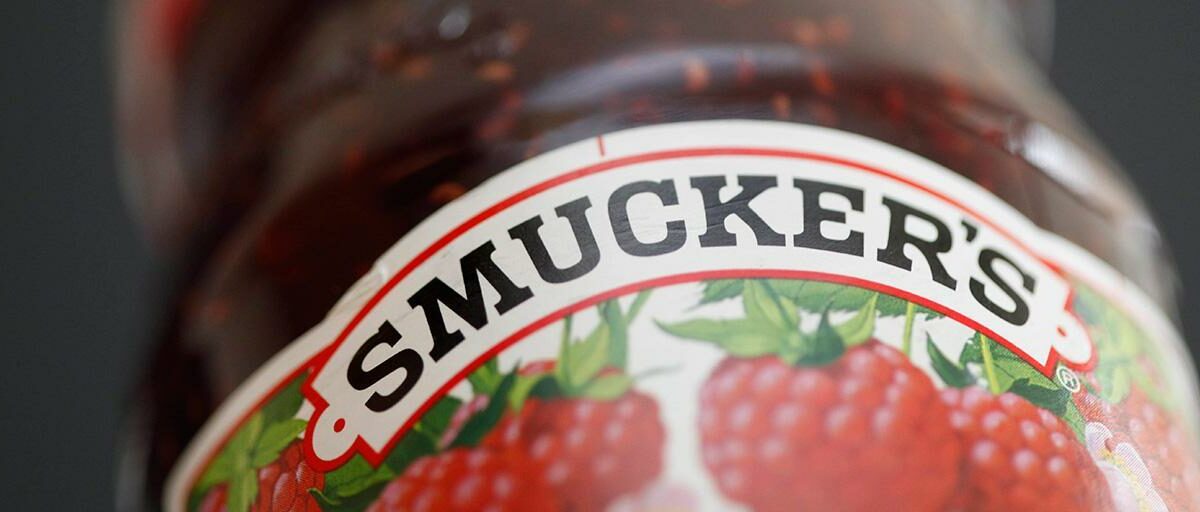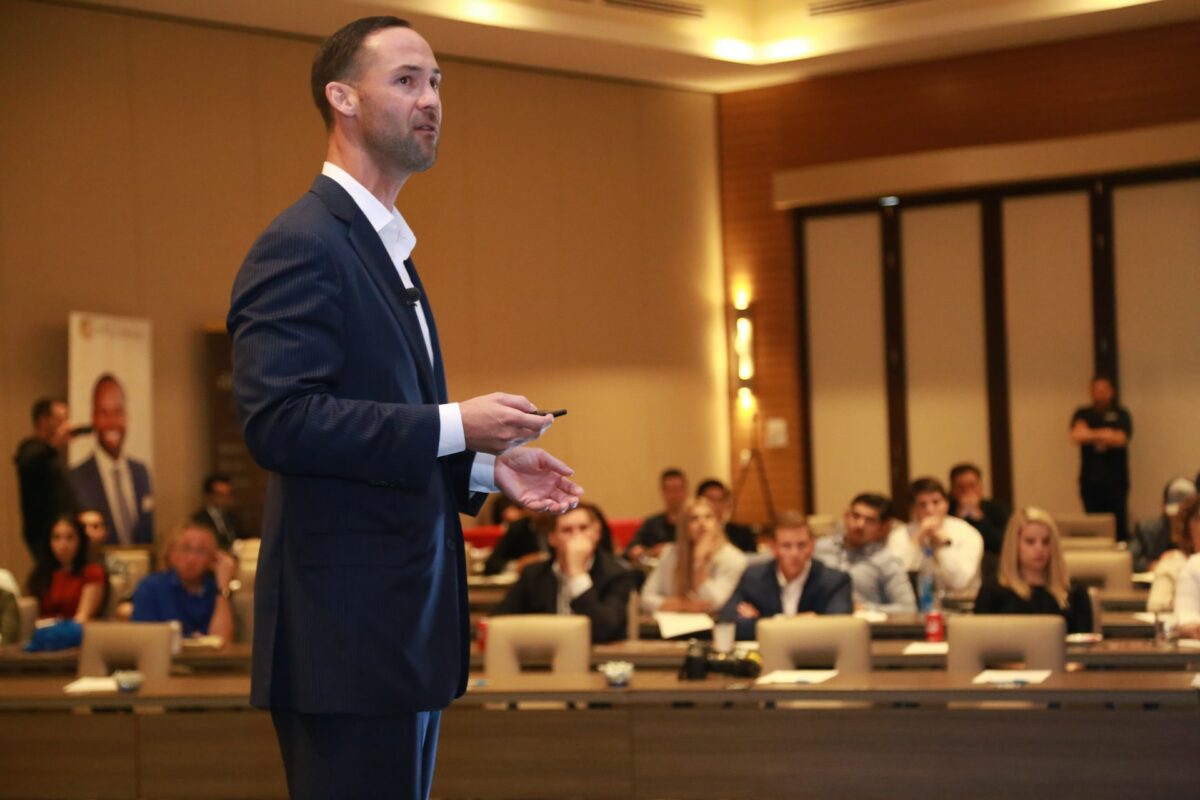Simply put, brand management cannot succeed without research. Yet brand management without it seems regularly attempted.
This inspires me to share the importance and effective use of research in each step of the brand management process. When I write on this topic in the weeks ahead, I will include a discussion of the different research methodologies available and the most important considerations when using them. I hope you will find this helpful.
Where is brand research most vital?
Brand Creation — Research uncovers the underlying customer values, attitudes, needs, motivations and perceptions that lead to a brand’s positioning. It identifies competitors’ strengths and weaknesses, helping you further differentiate your brand from the competition, and perhaps even allowing you to reposition their brands to your brand’s advantage. Research can help you identify the most powerful brand identity configuration, one that delivers the highest recognition and recall and the most positive associations. It can help you choose the advertising execution that best meets your brand’s objectives. Research will help you determine the most advantageous pricing strategy for your brand. It can also help you determine the optimal mix of product/service attributes that deliver the greatest customer value for the least cost.
Brand Management — Ongoing brand equity monitoring can help you identify ways to strengthen your brand’s equity and customer’s loyalty to the brand. It can also help you identify when the brand might need to be repositioned to remain vital. A wide variety of brand equity components should be monitored in this process — from awareness, relevance, differentiation, value and accessibility to emotional connection, vitality, preference, personality and other key associations.
Brand Growth — Research significantly increases the probability of success when entering new geographic markets with a brand. And research is essential in maximizing the likelihood of success when extending the brand into new product and service categories. In summary, research is essential to your brand’s success as you create, manage and grow it.
The focus of today’s piece is on research that can help with brand creation. The most important consideration in brand creation is the brand’s positioning. Central to brand positioning is knowing who your brand’s target customers are. The first step is to choose the primary, secondary and tertiary targets based upon an assessment of the following:
•Market size
•Market growth rate
•Market profitability
•Strength of customer need
•Degree to which the customer need is untapped
•Market entry barriers
•Market exit barriers
Market size and growth rate can be determined through volumetric forecasting. Internal analysis and secondary research can help you with market profitability. Strength of need and need gap can be determined through concept testing against a normative database. Market entry and exit barriers can often be uncovered through industry analyst reports and strategic analysis.
The ideal target market is one that is large, profitable and growing rapidly. It has strong needs for the product or service and there is a large gap in filling those needs. Generally, low exit barriers are preferable. Entry barrier preference will depend on the size and resources of your company relative to its competition. Low entry barriers will allow quick easy entry for you, but also for potential competitors.
Assuming you have found ideal markets for your product or service, the next step is to determine the most beneficial position for the brand in those markets. The ideal position addresses one or two of the most compelling customer motivators uniquely and exclusively. Put another way, brands should choose to ‘own’ one or two customer benefits that are (a) highly compelling and purchase motivating, (b) based on company strengths and (c) not adequately addressed by other companies. Benefits can be functional, emotional, experiential or self-expressive.
Customer benefit structures can be uncovered in qualitative research, such as focus groups and one-on-one interviews. Projective techniques, laddering and guided imagery can often help uncover these. The next step is quantitative research that measures the importance of each category benefit and how well your brand and each of its competitors are perceived to deliver against each of those benefits. Benefit importance versus delivery can be mapped for your brand and each of its competitors to visually expose potentially powerful brand positioning opportunities.
This research can then be used to create a brand positioning statement including brand essence, promise and personality. This positioning statement can guide the creation of the brand’s identity (visual and other sensory cues), its messaging and its customer touchpoints.
Logos, taglines and other brand identity element options can be measured for their congruence with the brand’s essence, promise and personality. They can also be measured for their recognition, recall and preference. Recognition can be tested in the field for different logo options. One can test the greatest distance at which a logo can be recognized in different lighting conditions for different media (from web to storefront) at different times of day. Preference can be determined through a simple customer sorting exercise. Recall can be established by embedding each logo option in with the logos of several other brands (displayed in rows and columns), briefly presenting that logo grouping, and then asking people to recall as many logos as possible.
Brand messaging (from taglines to advertising copy) can be tested for congruence with brand position in one of two ways: (1) measuring responses (perceptions and intended behaviors) before and after viewing the crafted message or (2) testing two forms of the crafted message in the marketplace (more expensive split-run technique).
The Blake Project Can Help: Accelerate Brand Growth Through Powerful Emotional Connections
Branding Strategy Insider is a service of The Blake Project: A strategic brand consultancy specializing in Brand Research, Brand Strategy, Brand Licensing and Brand Education




